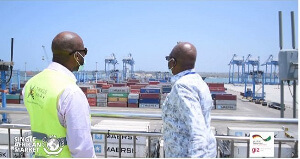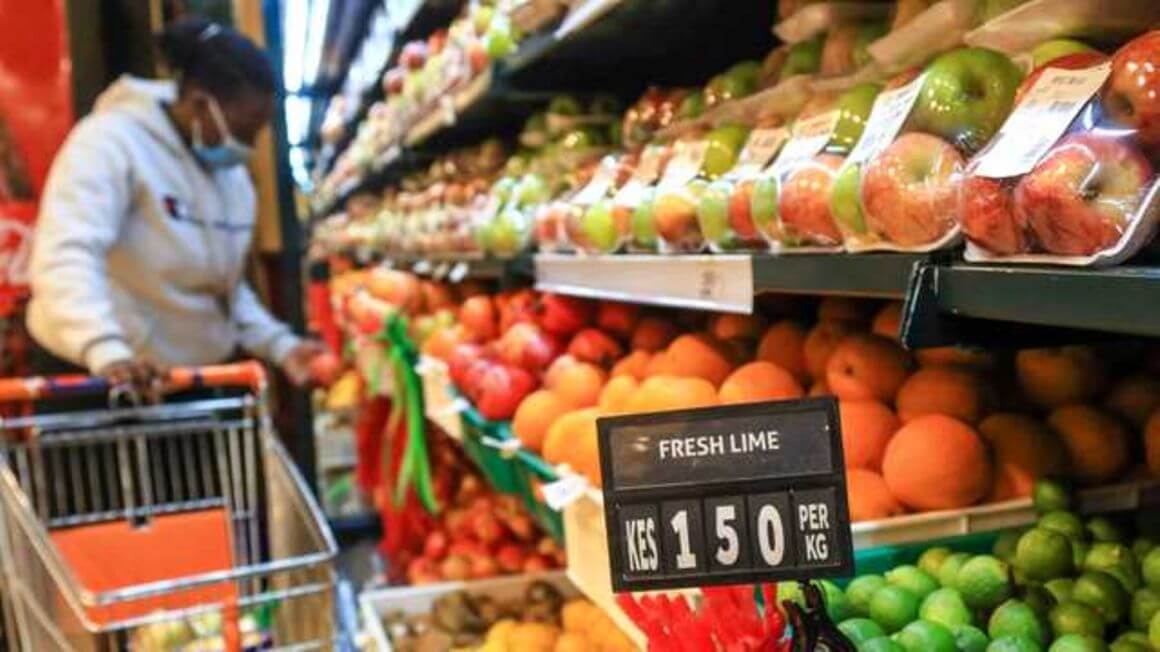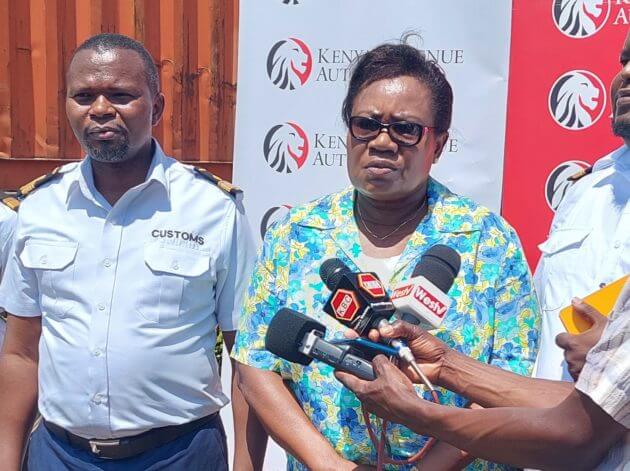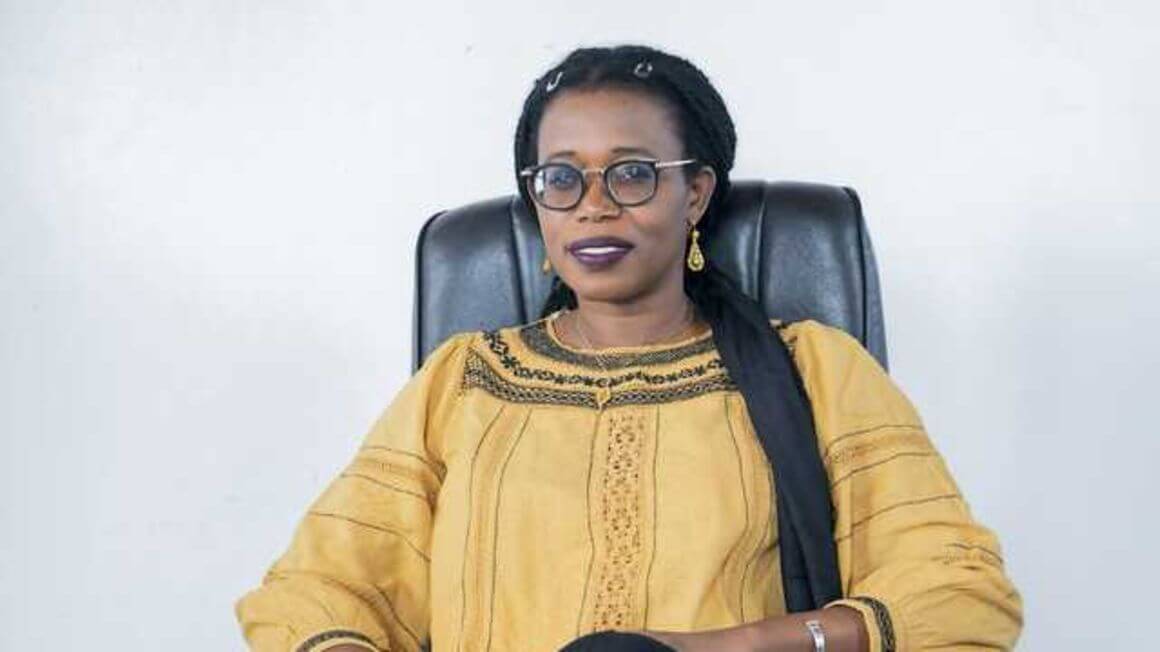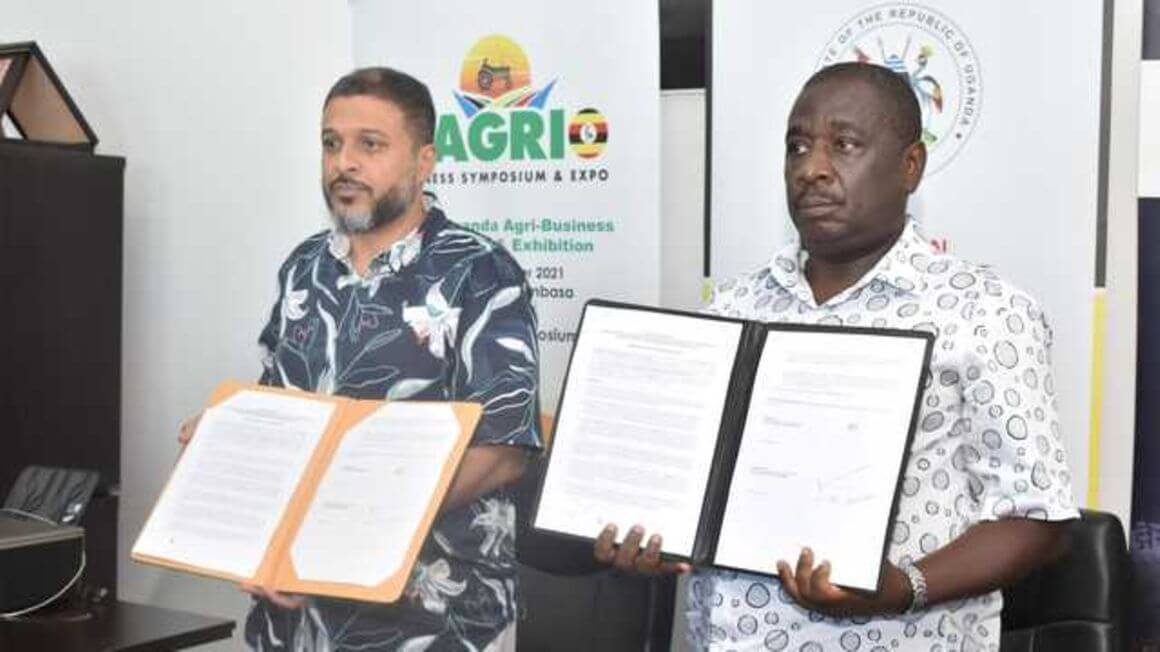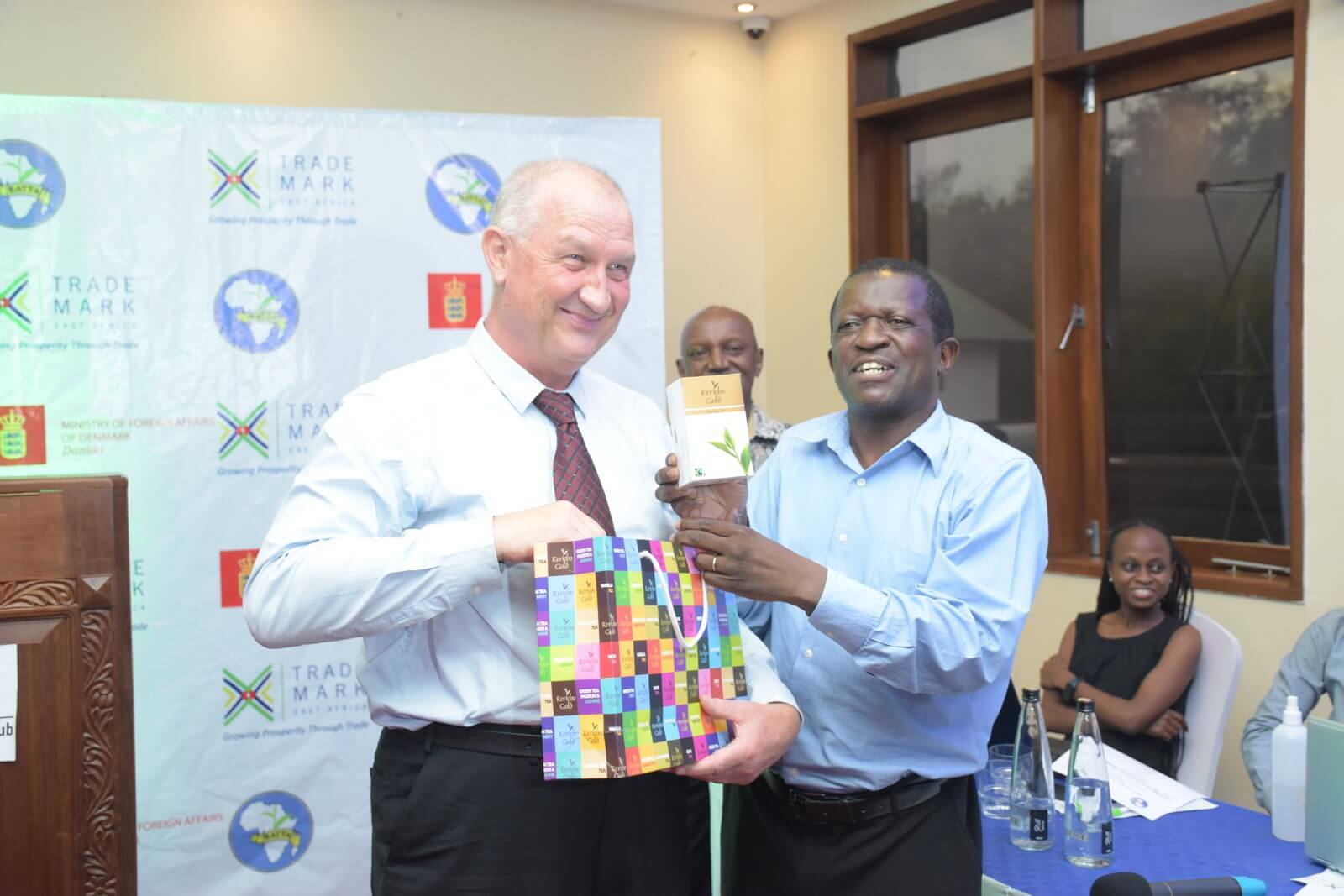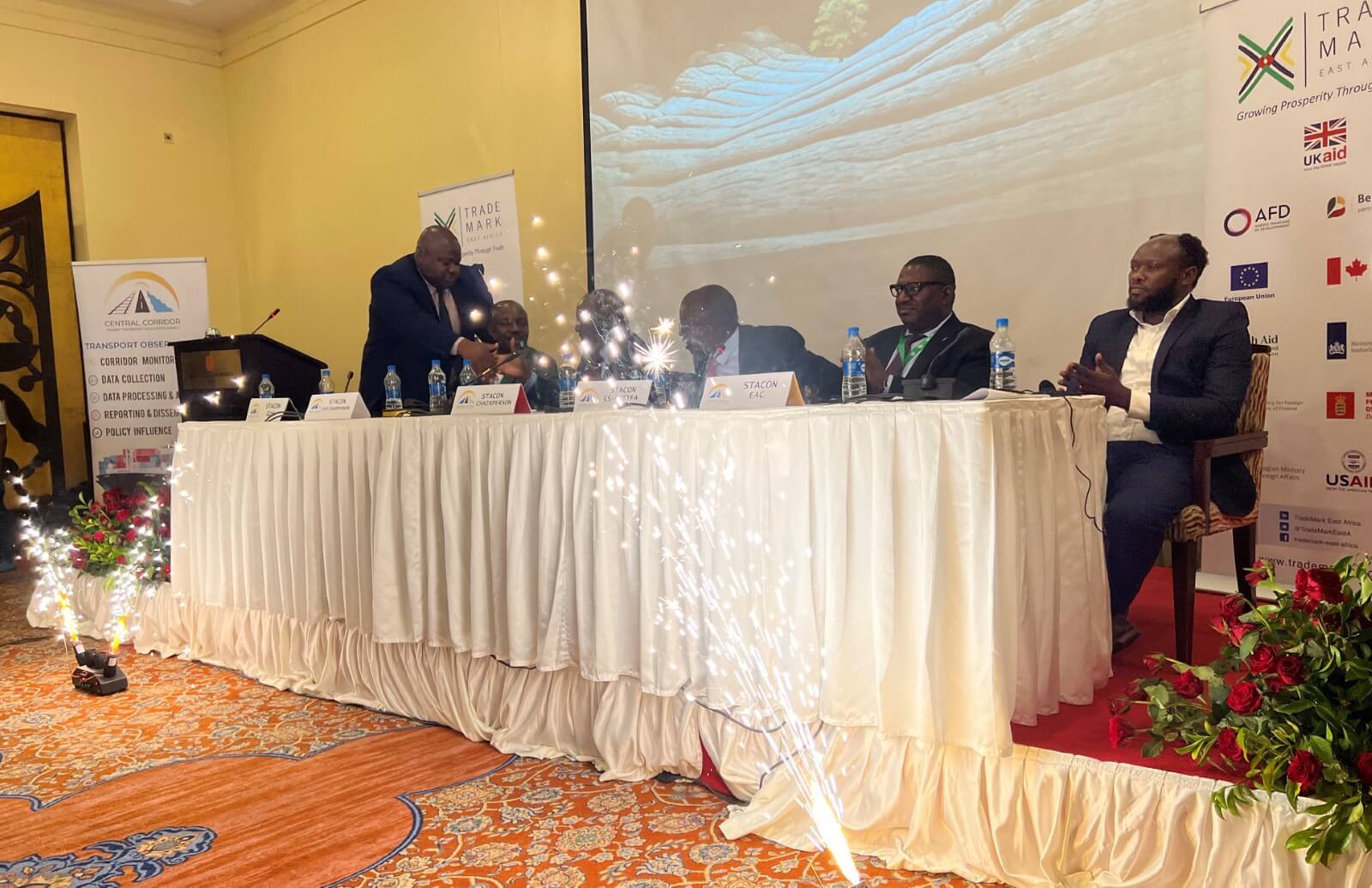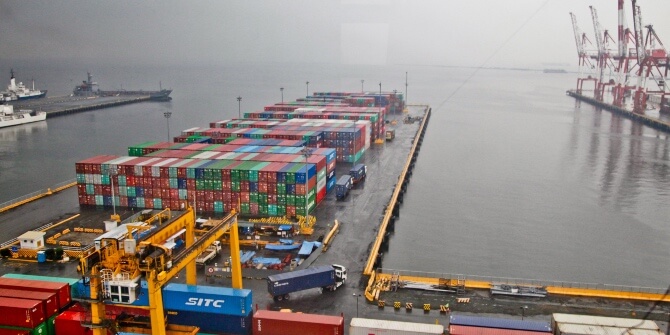The port of Mombasa has a capacity of 2.65m TEUs with 19 berths The Secretary-General of the AfCFTA Secretariat, Wamkele Mene, has paid a working visit to Kenya’s Port of Mombasa to witness first-hand improvements in ports infrastructure that has led to significant growth in the country’s trade within the East African region. Port Mombasa is a gateway port to most of the landlocked nations in East Africa and currently serves about eight states within the bloc including Burundi, Rwanda, Ethiopia, Uganda, and South Sudan. General Manager of Port Operations at Kenya Port Authority, Sudi Nwasinago, said the port has been able to overcome the challenge of congestion and doubled its container traffic. He said the port now has a cruise terminal which has turnaround the port’s fortunes and catapulted the nation’s tourism industry. “The cruise terminal is one area that has truly benefited the port authority and the country at large if we are to talk about tourism which is a big revenue earner to state,” he added. The Kenya Port Authority has for the past decade been working with Trademark East Africa, an organization funded by a range of development agencies with the aim of growing prosperity in East Africa through trade. In the past, cargo trucks spent 13days before completing clearance and exiting the Mombasa Port but they now take 3days. Cargo from Mombasa to Kampala, the capital of the landlocked nation of Uganda, which used to take 21days, now takes between five to six days. Mr....
AfCFTA boss applauds impressive transformation of Kenya’s Port of Mombasa
Posted on: April 19, 2022
Posted on: April 19, 2022

